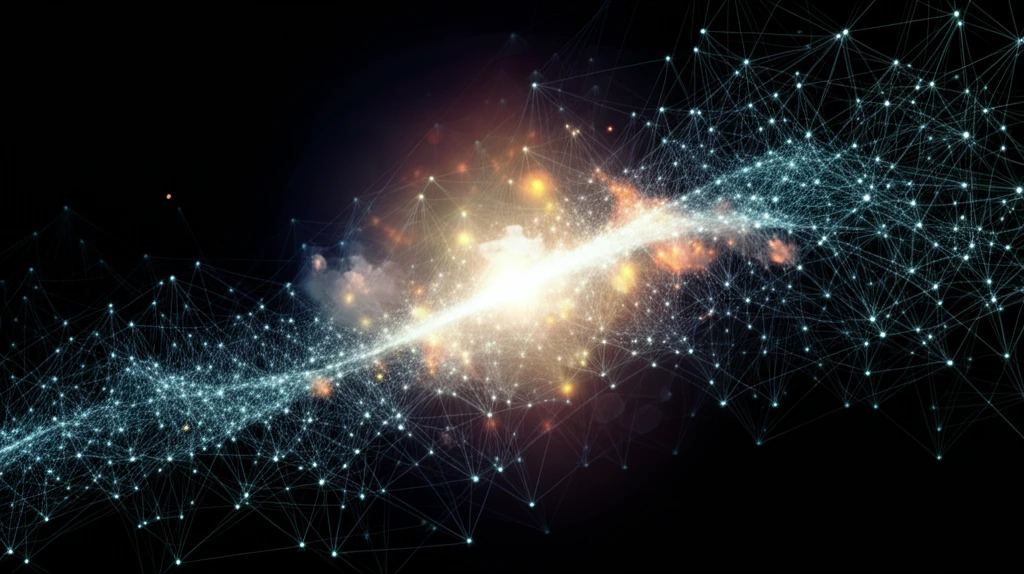
Are Social Media Echo Chambers Slowing Down Our Learning? The Hidden Costs of Networked Knowledge
"New research reveals how social networks can limit the speed of learning, regardless of size or structure. Discover the implications for information consumption and decision-making."
In today's interconnected world, social networks have become a primary source of information. We rely on these networks to learn about everything from current events to new skills, often trusting the collective knowledge of our online communities. But what if the very structure of these networks is limiting our ability to learn effectively?
A new study, "Learning in Repeated Interactions on Networks," explores how long-lived, rational agents learn in social networks. Researchers Wanying Huang, Phillip Strack, and Omer Tamuz delve into the dynamics of information aggregation, questioning whether these networks truly enhance our learning potential.
The study reveals a surprising paradox: while social networks provide access to vast amounts of information, the speed at which we learn within these networks is often capped. This limitation exists regardless of the network's size or shape, suggesting that the structure of our online interactions may be hindering efficient knowledge acquisition.
The Social Learning Speed Limit: How Networks Restrict Information Flow

The core of the research focuses on how individuals learn by observing the actions of others within a social network. In each period, agents receive private signals, observe their neighbors' past actions, and then choose an action based on this information. The study models both myopic agents, who focus on immediate payoffs, and strategic agents, who consider future utilities and may sacrifice present gains to learn more effectively.
- Constant Influx of Information: The model assumes a continuous stream of private information, ensuring that agents can eventually learn the truth.
- Strongly Connected Networks: The study focuses on networks where every pair of agents is connected by an observational path, ensuring that information can flow between all members.
- Bounded Signals: The strength of private signals is bounded, meaning that no single signal can completely dominate an agent's beliefs.
Breaking Free from Information Bottlenecks: Towards More Effective Social Learning
The study by Huang, Strack, and Tamuz sheds light on the hidden limitations of social learning within networks. While these networks offer access to diverse perspectives and vast amounts of data, their structure can inadvertently hinder our ability to efficiently process and integrate information. By understanding these limitations, we can begin to explore strategies for overcoming information bottlenecks and fostering more effective social learning environments.
